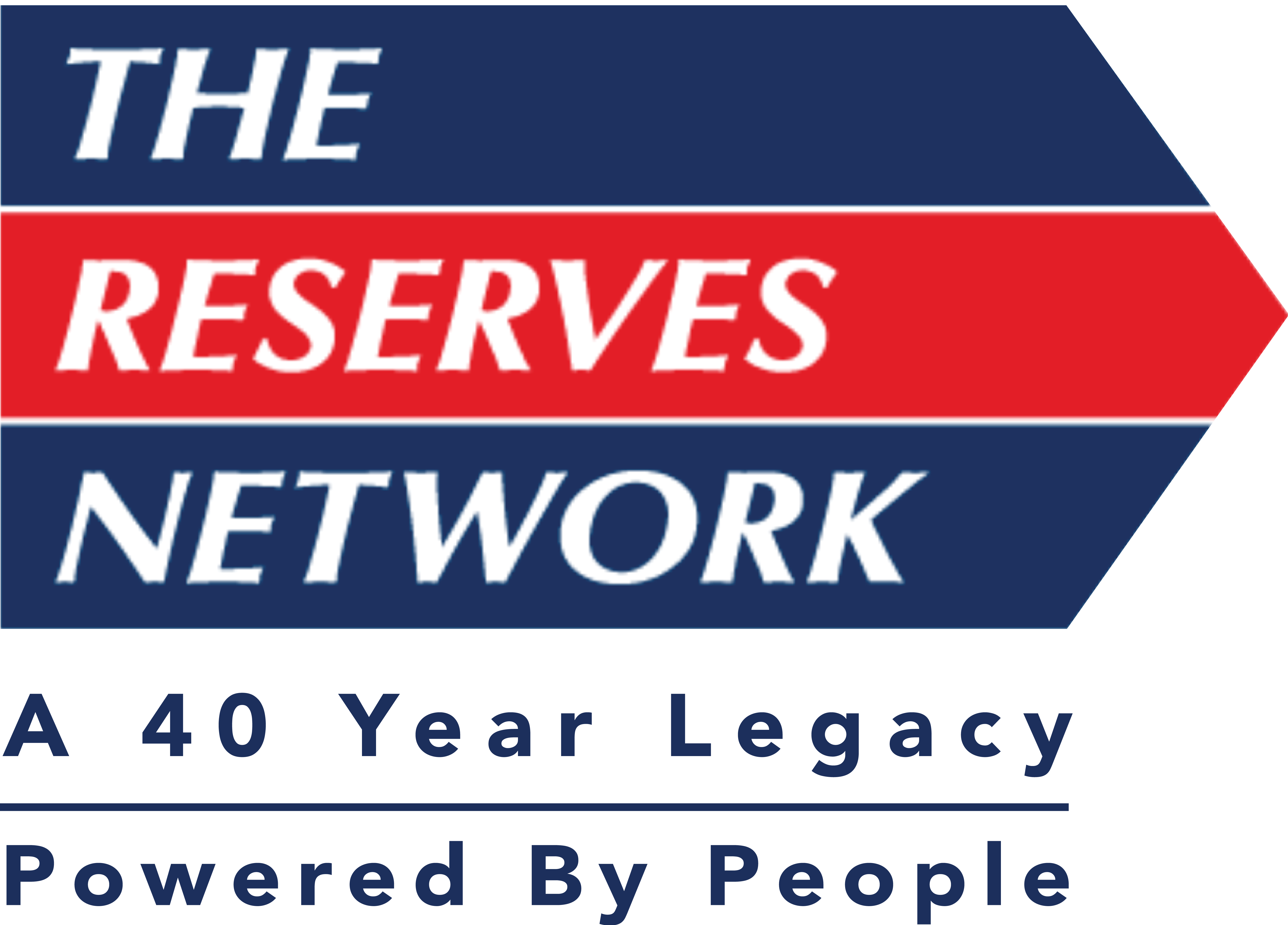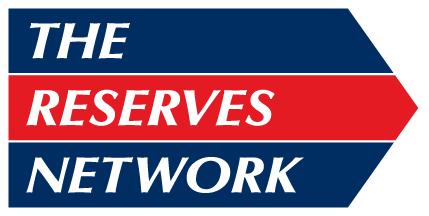How to Reduce Employee Turnover with Strategic Staffing Solutions
Employee turnover is one of the most significant challenges companies face today. Much like a leaky faucet, it may start as a minor inconvenience but can quickly escalate into a costly and disruptive problem.
The Challenges of Workforce Reduction
When employees leave, the impact ripples through the entire organization creating:
- Cost of employee turnover: recruiting, interviewing, and onboarding new employees requires a significant investment of time and money.
- Increased workload for remaining team members: when a position remains unfilled, the responsibilities often fall to other employees. This can lead to burnout and decreased efficiency as your team struggles to balance their own duties with the added workload.
- Decline in production quality and quantity: with fewer hands on deck, the quality and quantity of your output can suffer. Deadlines may be missed, and mistakes become more frequent, potentially affecting your reputation.
- Decreased team morale: the departure of a valued team member can dampen morale, creating uncertainty and stress within your workforce. This decline can lead to further resignations, perpetuating the turnover cycle.
The Solution Starts with a Strong Value Proposition
Building an environment that attracts and retains top talent requires offering the right opportunities, including:
- Compensation: employees want to feel valued, and competitive pay is one of the most effective ways to demonstrate that. Beyond salary, robust benefits packages and performance incentives can make a significant difference.
- Development opportunities: a clear path to career advancement is crucial. Providing professional development, training programs, and mentorship opportunities shows employees that you are invested in their long-term success.
- Positive company culture: a supportive and engaging company culture fosters loyalty and satisfaction. When employees feel respected and aligned with your organization’s values, they’re more likely to stay.
- Work-life balance: encouraging a healthy work-life balance can help prevent burnout and improve overall job satisfaction. Flexible schedules, remote work options, and respect for personal time are essential components of a balanced workplace.
Key Considerations When Hiring
Bringing in the right talent is critical to reducing turnover. Here’s what to focus on during the hiring process:
- Be clear about job requirements: Clearly communicating the role’s responsibilities, expectations, and performance metrics ensures candidates have a realistic understanding of the position
- Review work history: look for candidates who have demonstrated commitment and growth in their previous roles. A history of tenure and upward progression can be an excellent indicator of future loyalty.
- Assess soft skills: while technical skills are important, soft skills such as communication, adaptability, and teamwork often determine long-term success.
- Understand candidate expectations: during the interview process, explore what candidates seek in their next role to align their career aspirations with your company’s offerings, increasing the likelihood of a lasting partnership.
Partner with The Reserves Network
At The Reserves Network, we have seen firsthand how turnover impacts businesses. Our staffing solutions are designed to help you build a resilient workforce that drives your business forward.



